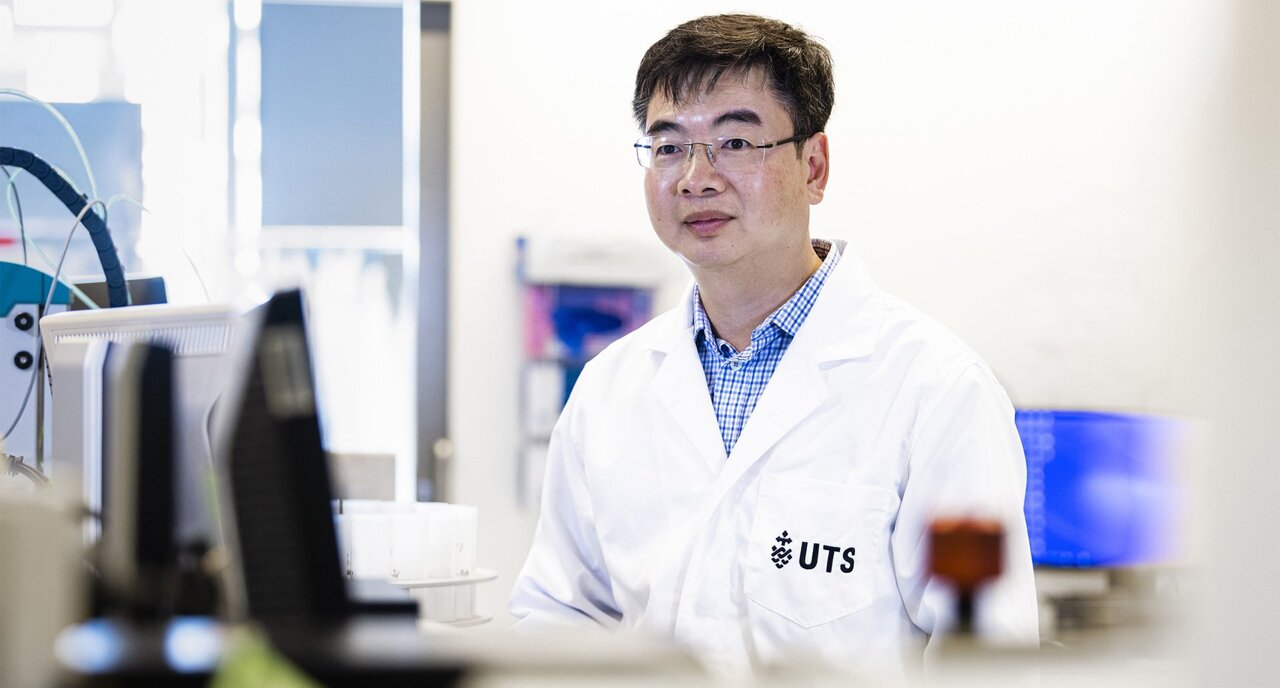Clean Tech Breakthrough: How Scientists Zap Toxic Waste from Chip Factory Runoff

Behind the gleaming surfaces of modern technology lies an incredibly precise and meticulously clean world of semiconductor manufacturing. This intricate process is a delicate dance of precision and purity, where even the tiniest speck of dust can derail entire production lines.
At the heart of semiconductor creation is an obsessive commitment to cleanliness. Each microchip undergoes multiple intensive washing cycles, designed to strip away even the most microscopic impurities. These rigorous cleaning processes consume enormous quantities of ultra-pure water and specialized chemical solutions, ensuring that every component meets exacting standards of perfection.
Imagine a manufacturing environment so pristine that workers must don full-body clean suits, resembling astronauts preparing for a space mission. Every surface is sterilized, every particle meticulously controlled, creating an environment where scientific precision meets industrial artistry. The result is the intricate, powerful microchips that power our smartphones, computers, and countless modern technologies.
